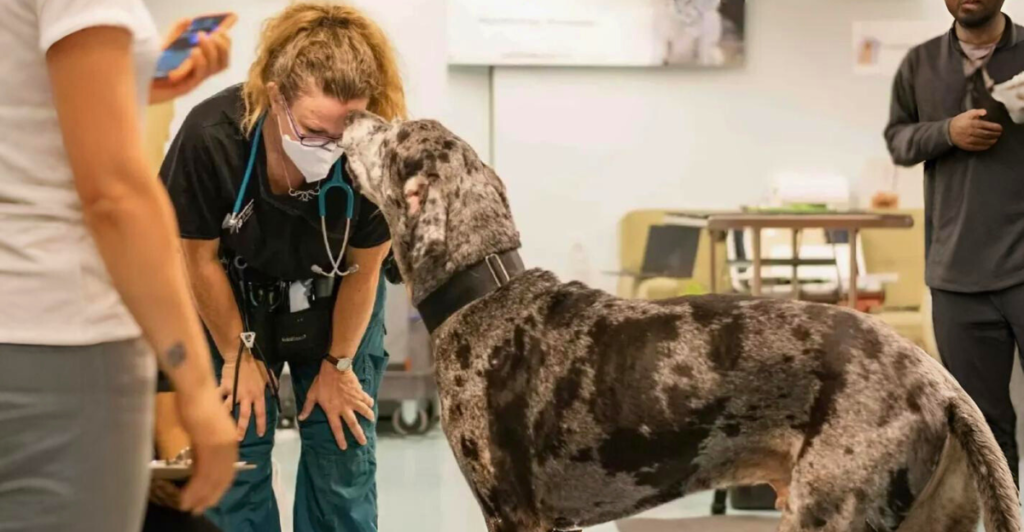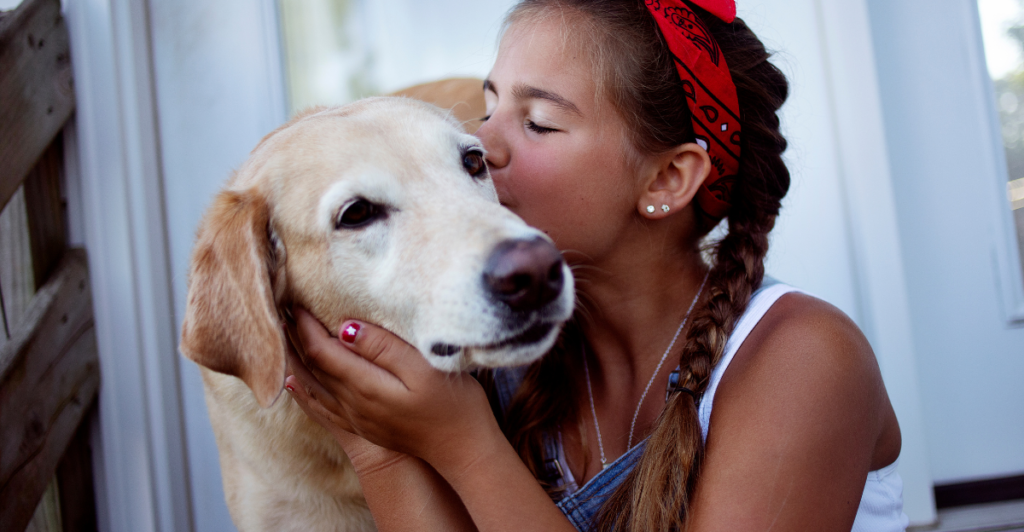
Dogs experience basic emotions such as joy, fear, anger, disgust, and love. However, complex emotions like guilt, pride, and shame are not typically attributed to them. This understanding stems from studies indicating that while dogs possess brain structures and hormones similar to humans, their emotional range aligns more closely with that of a 2 to 2.5-year-old child.
Human Misinterpretation of Dog Emotions

Recent research from Arizona State University reveals that humans often misread their dogs’ emotions. Participants in the study tended to project human emotions onto their pets based on situational context rather than actual canine behaviors. This tendency underscores the need to understand canine emotional cues better to foster more accurate interpretations.
Dogs’ Ability to Read Human Emotions

Studies have demonstrated that dogs can discriminate between human emotional expressions. They often adjust their behavior in response to their owner’s emotional state, performing better on tasks when their owner displays happiness. This sensitivity highlights the depth of the human-dog bond and suggests an evolutionary advantage in recognizing human emotions.
The Role of Oxytocin in Human-Dog Bonding

Mutual gazing between dogs and their owners has been shown to trigger the release of oxytocin, a hormone associated with bonding. This hormonal response is similar to that observed between human mothers and their infants, reinforcing the strong emotional connection shared between humans and dogs.
Dogs’ Sensitivity to Human Attention

Research indicates that humans’ presence and attention influence dogs’ facial expressions. Dogs tend to produce more expressive faces when they know they have human attention, suggesting a communicative function to enhance interaction with humans.
Emotional Contagion Between Dogs and Humans

Studies have shown that dogs can mirror the emotional states of their owners, a phenomenon known as emotional contagion. This ability allows dogs to empathize with human emotions, further strengthening the bond and improving mutual understanding between species.
Dogs’ Responses to Human Facial Expressions

Dogs have been found to exhibit a left gaze bias when looking at human faces, focusing more on the right side of the face where emotional expressions are typically more pronounced. This behavior suggests that dogs have adapted to read human emotions effectively, enhancing communication between the two species.
The Impact of Human Emotions on Dogs’ Behavior

Dogs not only recognize human emotions but also adjust their behavior accordingly. For instance, they may perform better on tasks when their owners are happy, indicating that human emotional states can directly influence canine behavior and performance.
Dogs’ Ability to Sense Human Stress

Research has shown that dogs can detect changes in human cortisol levels, allowing them to sense when their owners are stressed. This ability enables dogs to provide comfort during challenging times, showcasing their role as empathetic companions.
The Evolutionary Basis of Canine Emotional Intelligence

The co-evolution of humans and dogs over thousands of years has led to the development of dogs’ ability to read and respond to human emotions. This evolutionary process has resulted in a unique interspecies bond that benefits humans and dogs.
Training and Enhancing Dogs’ Emotional Skills

Engaging dogs in activities that promote eye contact and communication can strengthen the human-dog bond. For example, simple games encouraging dogs to seek human assistance can improve their social skills and enhance mutual understanding.
Recognizing Signs of Canine Emotional Distress

Owners must recognize signs of emotional distress in dogs, such as changes in appetite, lethargy, or destructive behavior. Understanding these cues can lead to timely interventions, ensuring the well-being of our canine companions.
The Ongoing Journey to Understand Canine Emotions

While significant progress has been made in understanding canine emotions, much remains to learn. Continued research and attentive observation are essential to fully comprehending dogs’ emotional lives, ultimately enhancing the bond we share with them.
Explore more of our trending stories and hit Follow to keep them coming to your feed!

Don’t miss out on more stories like this! Hit the Follow button at the top of this article to stay updated with the latest news. Share your thoughts in the comments—we’d love to hear from you!







